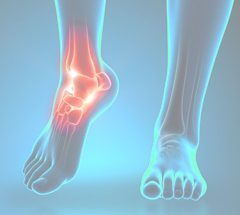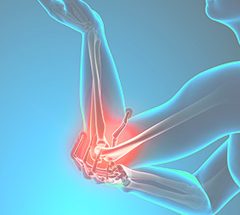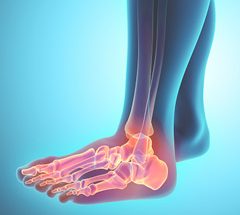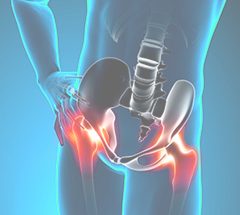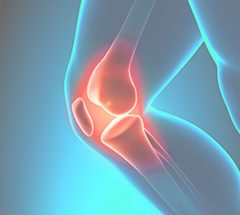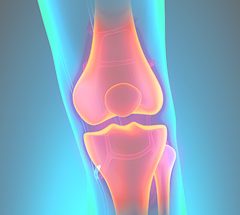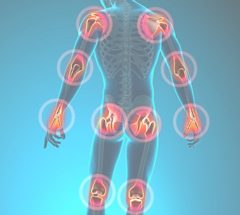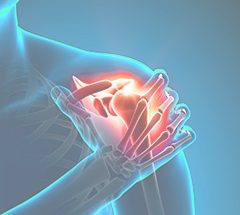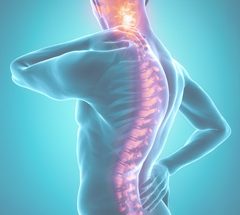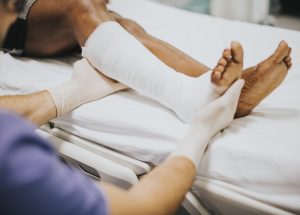Spine Electrodiagnosis
Learn the source of your pain, weakness, fatigue, cramps or other issues through electrodiagnosis testing.
Electrodiagnostic studies of the spine can be helpful in evaluating weakness, numbness, pain and symptoms such as fatigue, cramps, and abnormal sensation, which may be caused by problems with the nerves and muscles along the spine.
There are two different procedures used in spine electrodiagnostic testing, including:
- Needle electromyographic (EMG) examination
- Nerve conduction studies (NCS)
The time required to complete the spine electrodiagnosis test varies between 30-60 minutes. There are no restrictions relative to activities before or after the test and no permanent after effects.
EMG
During an EMG, the physician analyzes the electrical activity in muscles by inserting a fine needle electrode (about the size of an acupuncture needle) into selected muscles. Needle insertion may cause mild temporary discomfort. The needle is not used for injection, and you will not receive any shocks.
The physician can determine whether the muscle is working normally by seeing the electrical activity on a screen and listening over a speaker. The needles are sterile and discarded after use.
Nerve conduction studies
In order to perform nerve conduction studies, the physician tapes small electrodes on the skin and applies a brief electric stimulus to one portion of a nerve. Nerve stimulation will cause a strong tingling sensation. The physician can then evaluate the electric response of the nerve or muscle to which the nerve is attached and determine if the nerve impulse is normal, slow, or not transmitting at all, indicating nerve damage.
Special precautions
- Keep the skin free of any lotions or moisturizers on the day of the examination.
- Inform the physician if you are taking blood-thinning medication, have a bleeding disorder, or have a cardiac pacemaker.
Results
The physician interprets the results of the studies will send a copy to the referring physician to incorporate into the overall treatment plan.





